A Visit to Vandana Shiva’s Navdanya Biodiversity Farm: A Photo Essay
The Indian academic and environmentalist Vandana Shiva is well known for her work as an anti-GMO activist, accumulating thousands of loyal followers who celebrate her opposition to industrialized and conventional agriculture. Shiva is touted for her work in the empowerment of women, predominantly from the third world, and her cautions regarding the dangers of economic globalization. As part of the alter-globalization movement, Vandana Shiva heralds the benefits to global cooperation, but warns about its threats to environmentalism, economic justice and local sovereignty.
As part of her response to industrial and corporatized agriculture, Shiva started Navdanya in 1991. The word Navdanya literally translates to “nine seeds” and is an initiative to link seed sharers across India’s landscape. The movement has grown immensely since the beginning, establishing 122 community seed banks in India and encouraging a breathtaking 5,000,000 farmers to convert to organic farming.
Navdanya’s headquarters is based out of the Doon Valley in Uttarakhand in the foothills of the Himalayas. The headquarters is both a learning center and biodiversity conservation farm where I had the immeasurable joy of spending a few days. Below is a photo essay journaling the protection of seeds and the celebration of organic agriculture and human and animal wellness in the most northerly part of India.
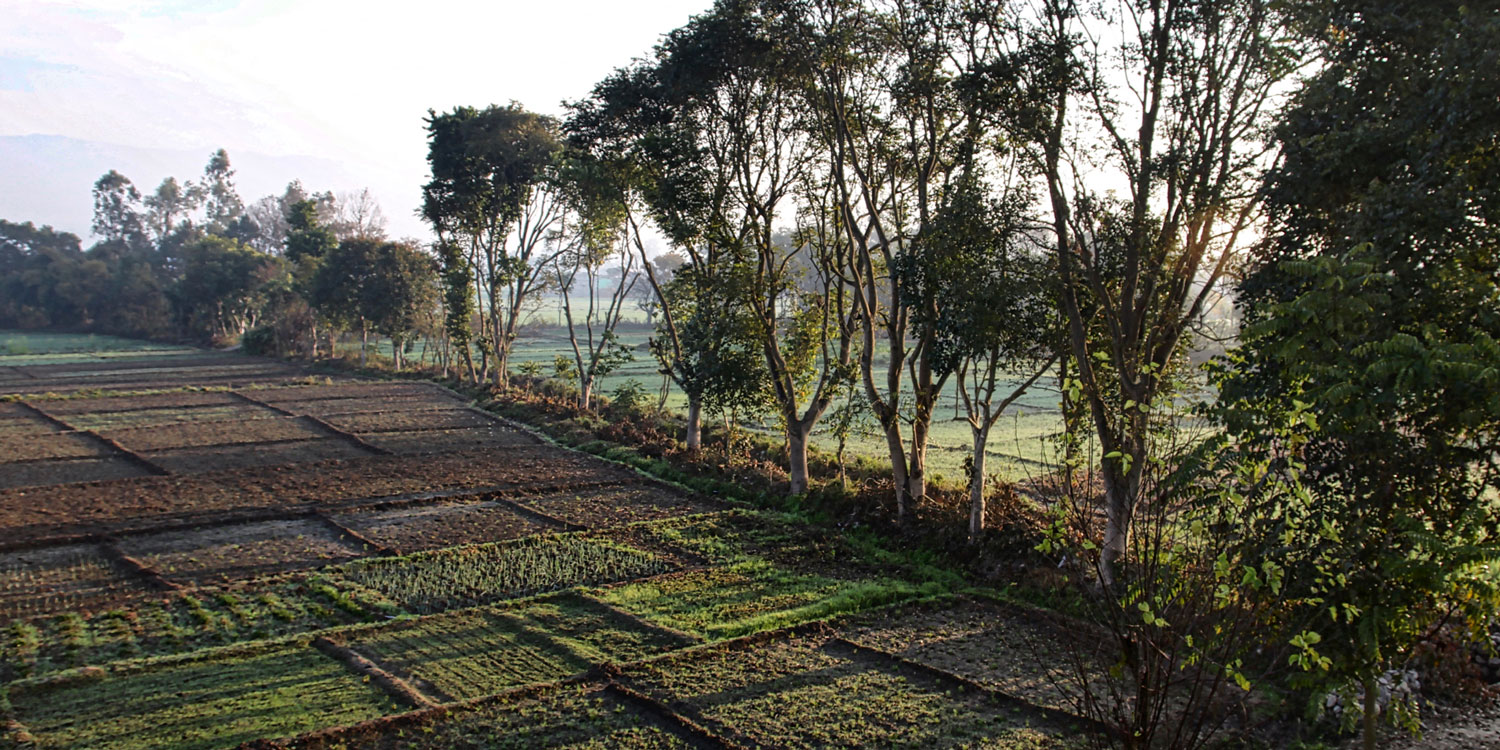
At the learning farm set at Navdanya, called Bija Vidyapeeth (or Earth University), students live on the farm and are active participants in the growing, harvesting, preserving, cooking and cleaning that comes with serving and acting as a community. They stay in humble quarters and practice meditation and gratitude for nature and good food. The heatless cabins were bitter cold at night, but cozied up in multiple layers and my wool hat, I still recall getting the greatest nights of sleep I had while in India to awake serenely at 4am to the soothing cry to Muslim prayer.
The crisp mountainous air and sweet-smelling rice paddy fields were relief after the chaos of my previous visit to Delhi. And the mantra taught to us at the time still grounds me several years later in its simplicity: “Breathe in, you are happy; breathe out, you are calm.”

My visit at Navdanya was for a mere few days, but both students and workers at Navdanya were exceedingly hospitable and gracious, and welcomed me and my cohort to participate in all goings-ons despite our intrusion into their routine. It was with pleasure that we participated in as much service to the community as we could contribute while trying not to get in their way. One of my favorite memories is nosily poking my head into the kitchen, asking if I could help, and being taught to make chapati on direct fire through language-less hand gestures.
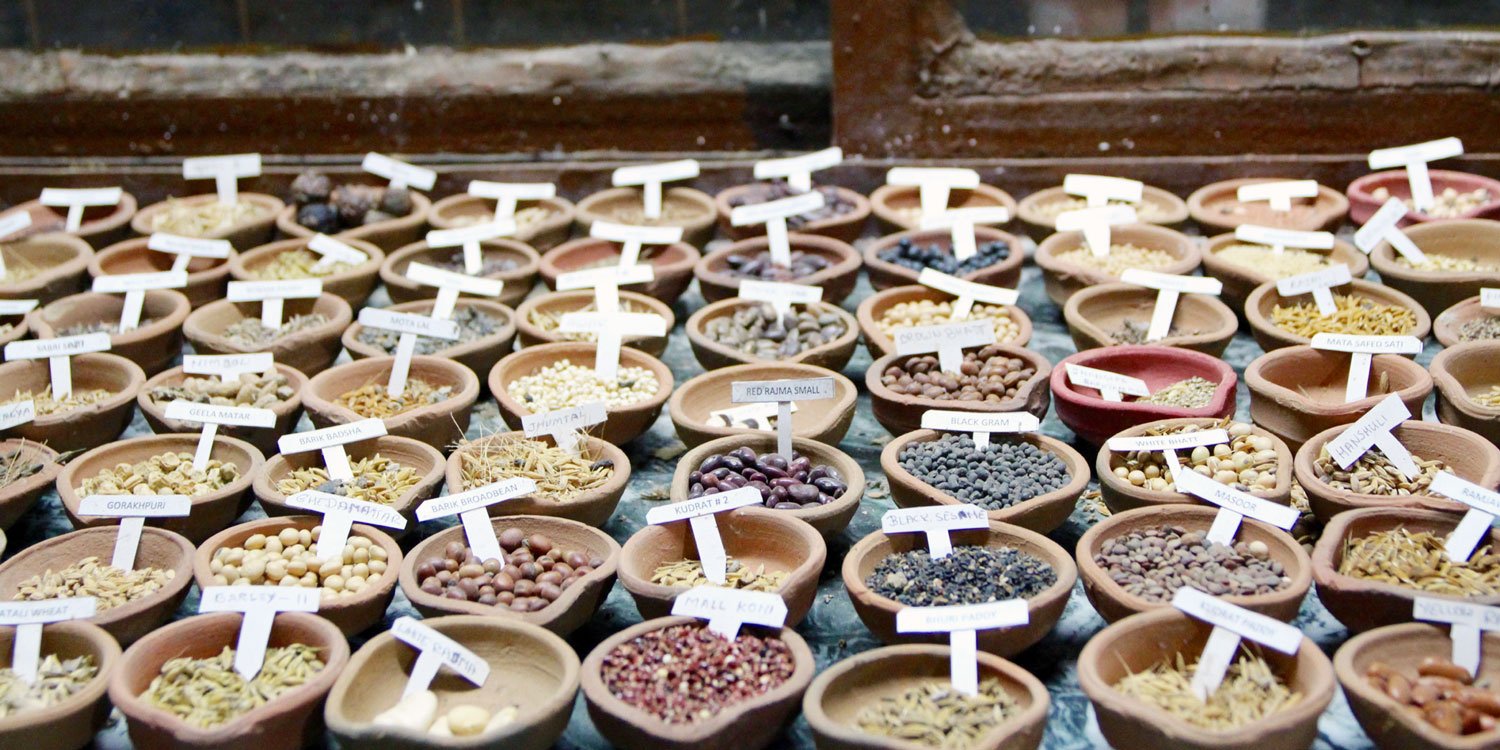
In an effort towards continuity – the literal mark of sustainability – Navdanya’s seed bank has preserved 500 strains of rice and documented 700, preserved 150 strains of wheat and documented 200 as well as protected a multitude of other grains.


Additionally, their conservation farm has protected a laundry list of cereals, legumes, vegetables, spices, fruits, flowers and medicinal plants, preserving genetic diversity against disease and blight and ensuring a future for our plant populations.Wall hangings in the Seed Bank at Navdanya Biodiversity Farm.
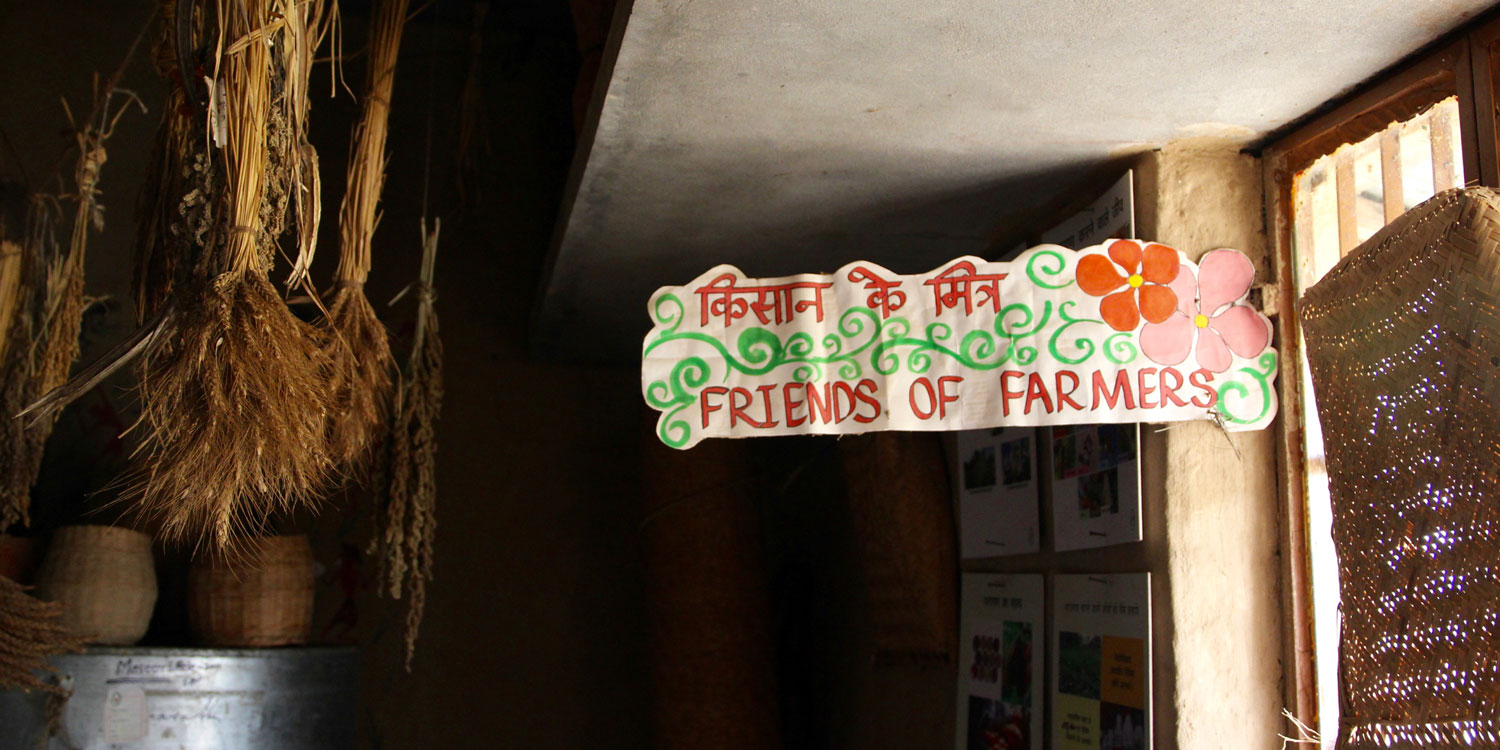
The recognition of not only farmers, but women as farmers is an integral theme in the heritage of Navdanya. “Women’s” work has a history of being disregarded, and Shiva speaks often to the devaluation of women and of their displacement, especially on the farm. Empowering women to have access to farm work and fair pay is part of Shiva’s “Women for Diversity” mission where she advocates for women’s sovereignty and condemns her country’s history of female feticide.
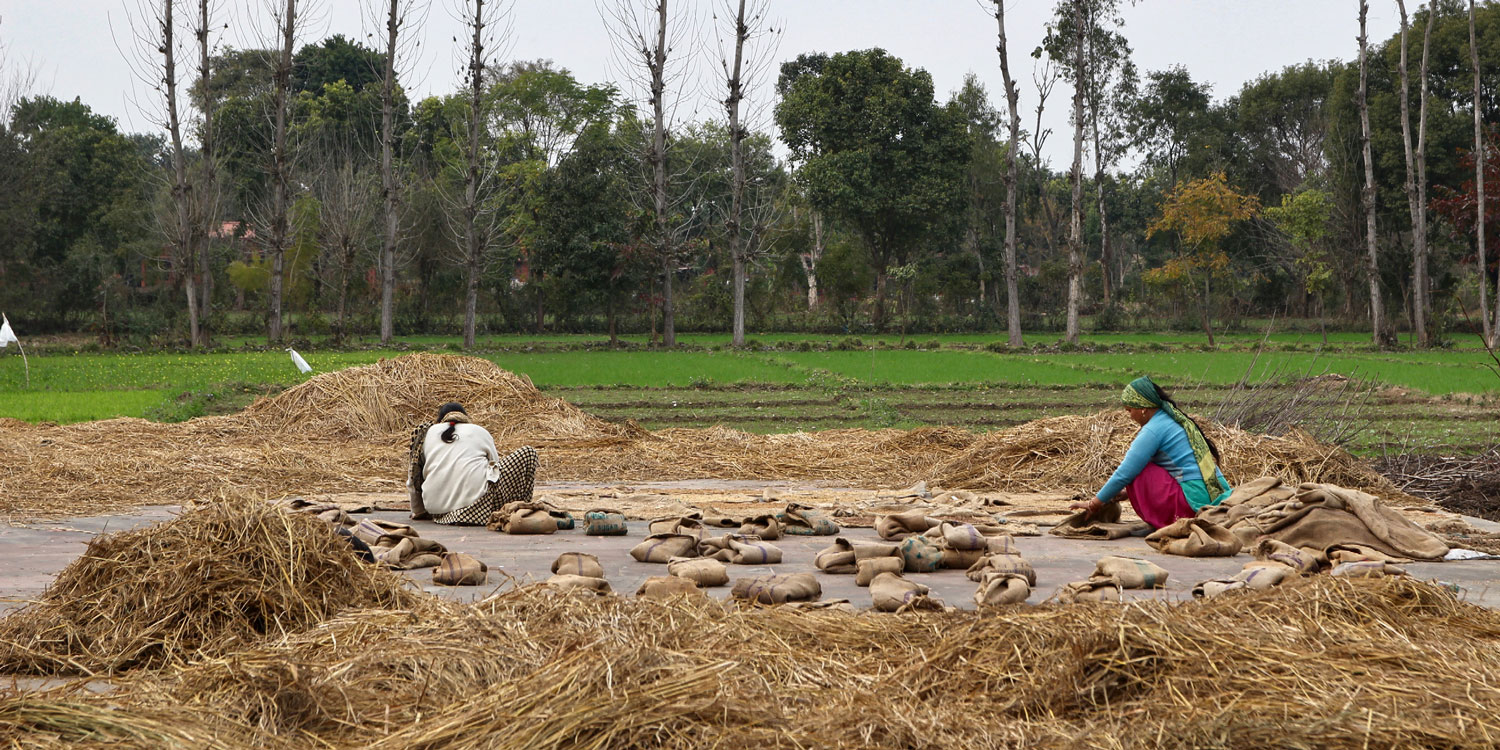
As she writes for an article in the BBC World Trust, “The displacement of women from agriculture disempowers women and reduces food security. Food systems evolved by women based on biodiversity based production rather than chemical based production produce hundreds of times more food, with better nutrition, quality and taste.”
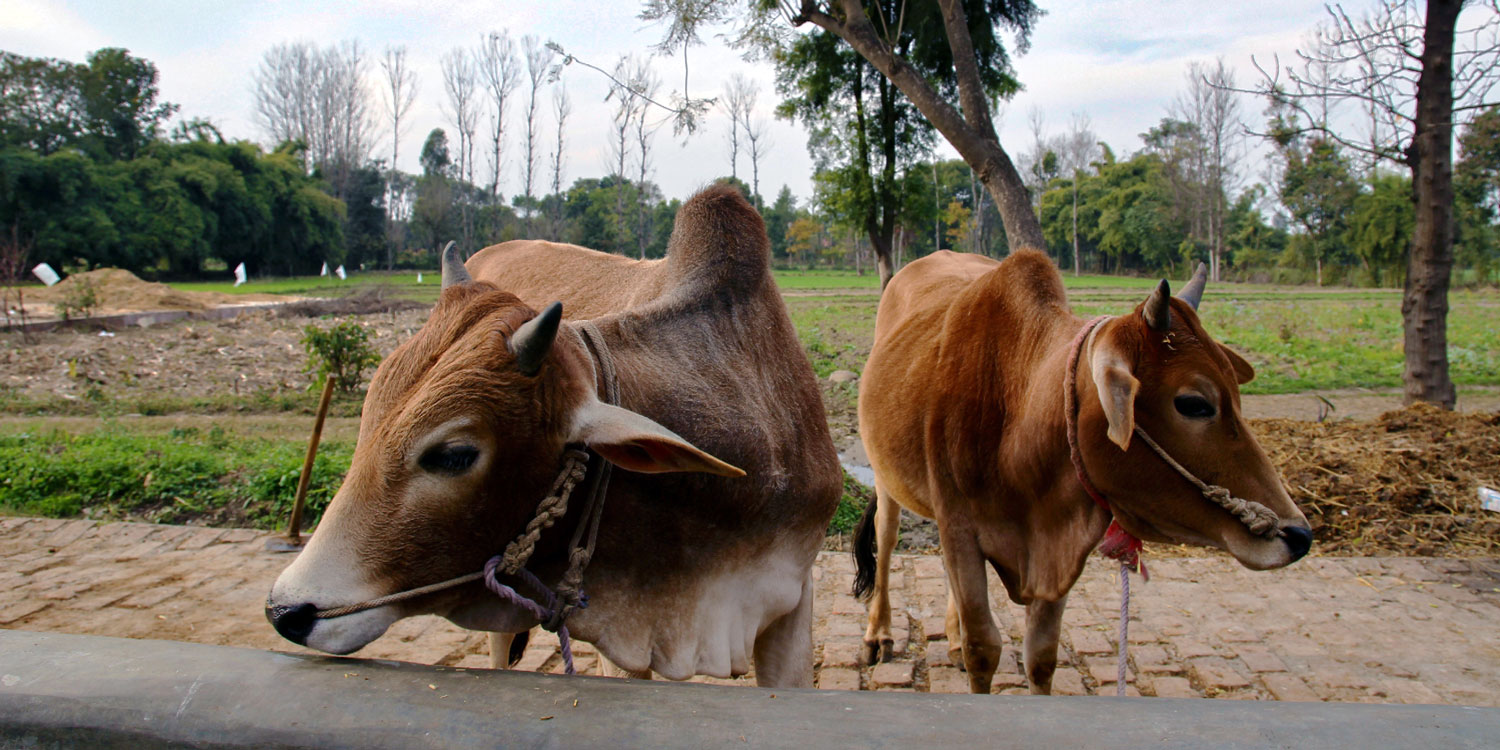
On animal welfare, Shiva takes the position that the separation of monocultured agriculture from animals and water cycles enables the conditions for factory farming, whereas the presence of animals on farms makes for a symbiotic relationship between animal’s contribution to work, growth and waste. This is the foundation for a community-based living democracy that is present in agroecology and advances the values of respect between land, (wo)man and beast.
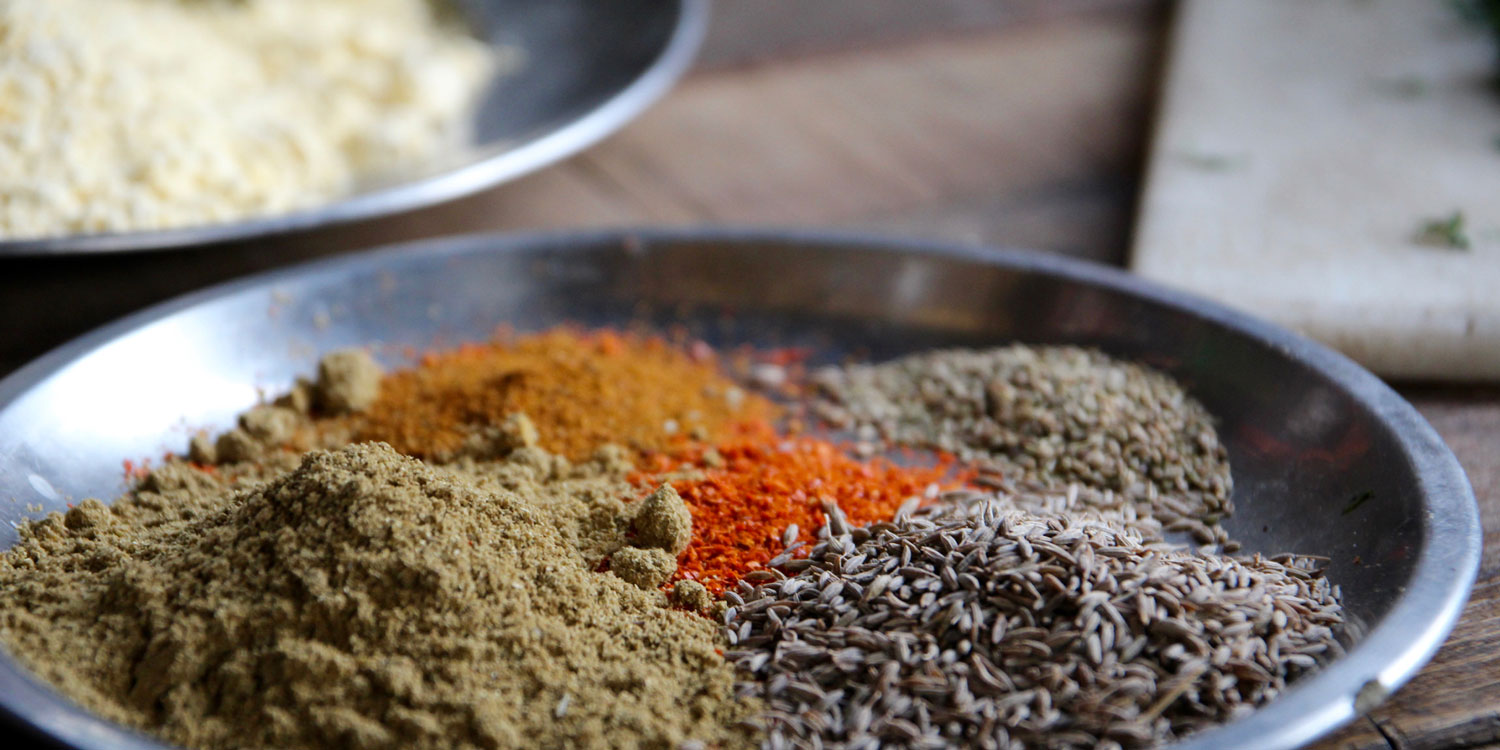
The vitriol that Shiva expresses for the shift in conventional agriculture towards genetic modification has made her both a hero to many, and a ubiquitous target for those who see solutions to global food insecurity in examples such as golden rice. Yet, despite where one may fall on the GMO versus regenerative agriculture spectrum, a visit to her biodiversity farm makes her impossible not to admire. The food plucked right from the ground, the rarely found clean and safe water and the aspiration for participation engenders one with peace and hope for a more resilient future.
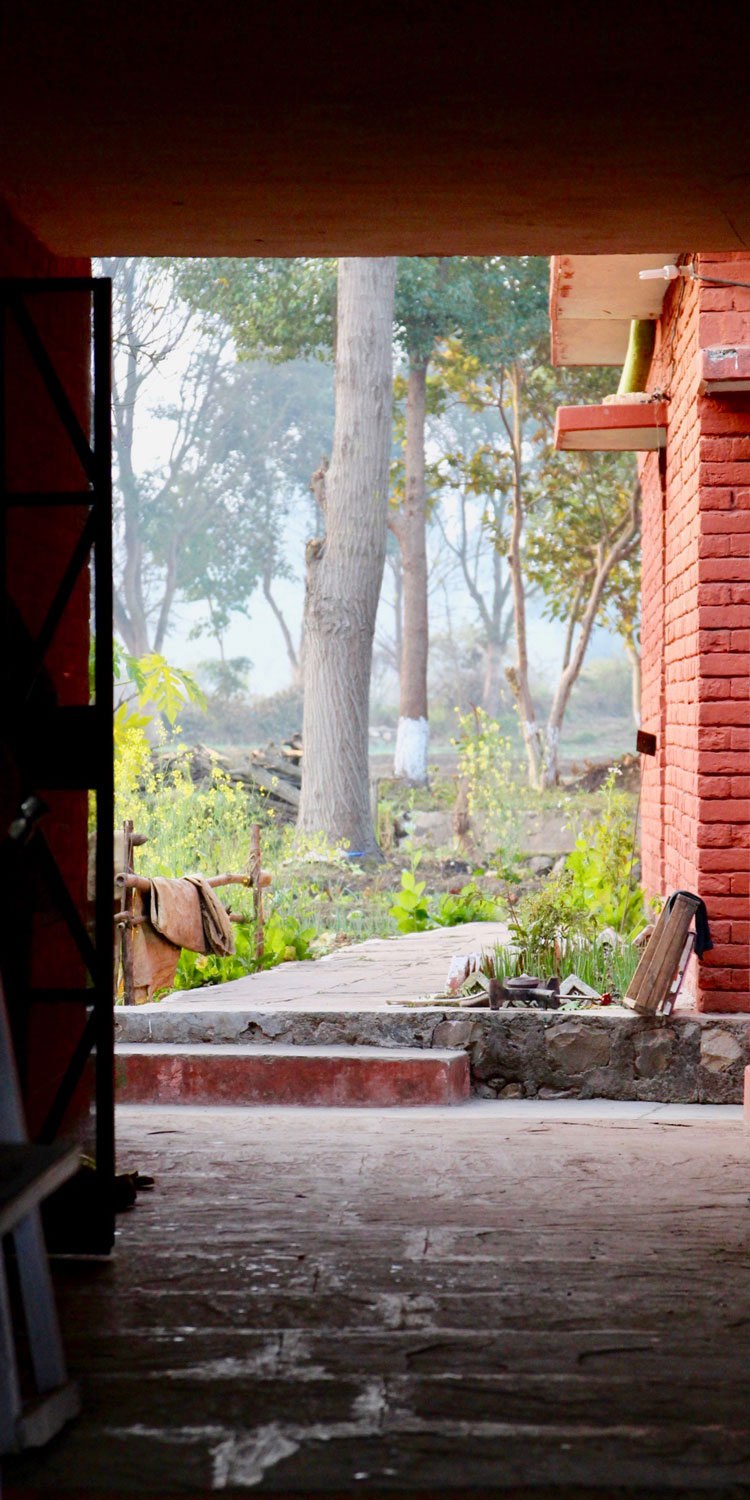
Top photo by Maggie Tauranac/Staff.
More Reading
Sourcing more sustainable flowers
March 27, 2024
Seeds and sovereignty: 8 books on biodiversity in the food system
February 23, 2024
A rye renaissance is coming
January 12, 2024
The importance of traditional Hawaiian food systems after the Lahaina blaze
December 7, 2023
Seed saving as a living legacy
November 7, 2023
Why 2023 is the International Year of Millets
October 5, 2023
Eat more grains — and keep it local
September 29, 2023
What can you make with half a million pounds of Kernza? Try beer.
September 18, 2023
Is rice the ‘climate-change crop’ the Northeast needs?
September 14, 2023
Envisioning Indigenous Food Sovereignty as ‘a Whole Ecosystem’
August 24, 2023
